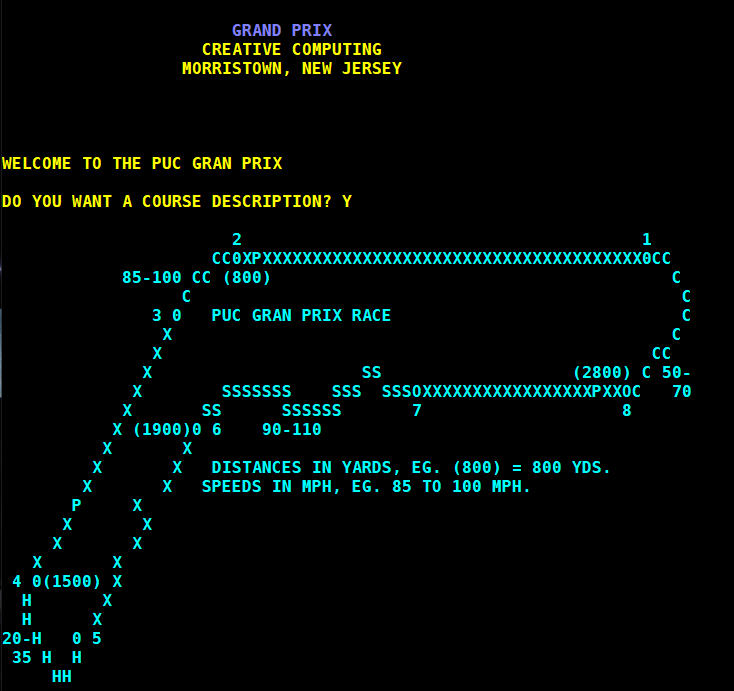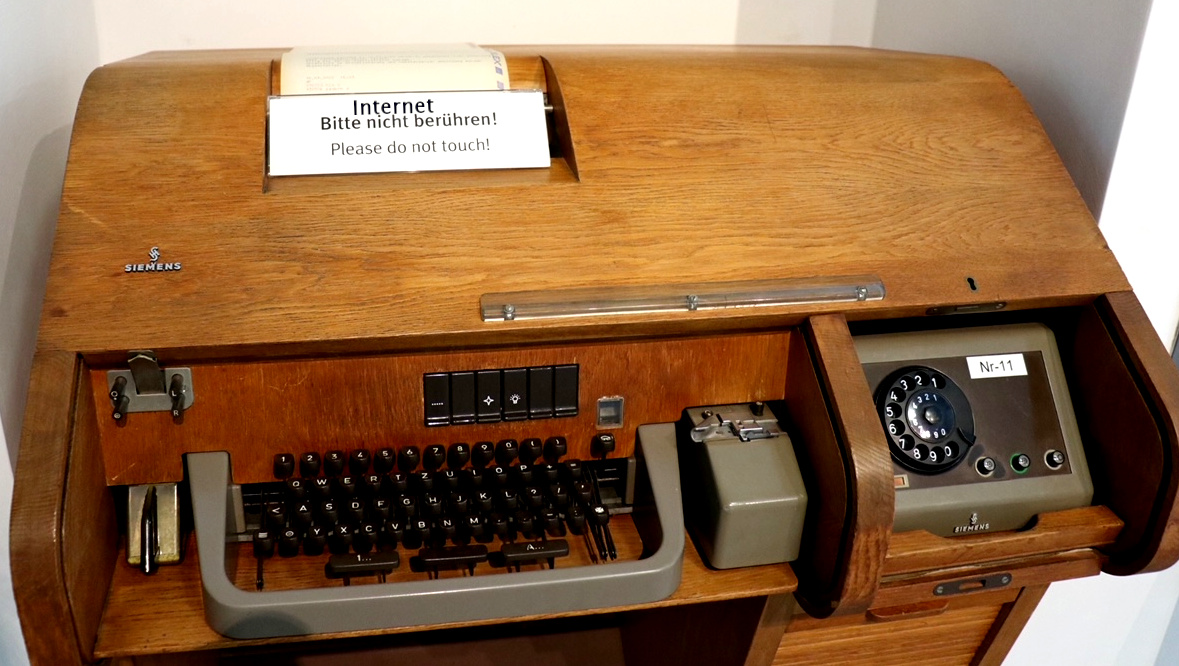Last week I broke my head over a essential question:
KIM-1 Microsoft Basic has no GET command, because you can not scan the serial line like a keyboard.
But without this command you are not able to program a game other than puzzles or adventures, because you have no direct input.
What if we could use the hex pad ion the KIM-1 like a joystick for input? This would require an somewhere hidden assembler routine to scan for button pushes.
There is a BASIC command for doing so called USR (user sub routine)
Problem: the first Basic manual propably written by Billy himself is unusable . The explanaition is not very precise to be exact.
Take a look yourself:

BUT
Here are the 3(+1) steps you may want to follow to ger USR working:
poke in where the Subroutine is located. Poke this address lowbyte / highbyte to $2040 and $2041
Send Akkumulator and Y-register to your subroutine with the argument given in the brackets of USR():
2.1 A is the Highbyte, Y is the lowbyte
Example: you want to send A $23 and Y $FF -> $23FF = 9215 -> USR(9215)2.2 jsr to a subroutine (in your subroutine) to transfer the USR() argument to A and Y (thanks Billy). The address for this subroutine is hidden in zeropage adresses 06 and 07
receive A and Y
3.1 jsr to a subroutine (in your subroutine) to transfer A and Y back to BASIC . The address for this subroutine is hidden in zeropage adresses 08 and 09
3.2 set your USR() equal to another variable. X=USR(arg)
3.3 again A is the Highbyte of the received X value and Y the lowbyte.
calculate what you need:
4.1 Example: you recieve X=64019
4.2 64019=$FA13 -> A is $FA , Y is $13
X=A * 256+Y in decimal or X=A * $FF+Y in hex notation
And yes, this is really weird, but it seems to work. With this one could also control the segment display on your KIM/PAL
You do not have to load your assembler routine addtionally, you can also poke it in. See this example:
5 GOSUB 200
10 POKE 8256,0 :REM set the adress for the sub
20 POKE 8257,3
30 X=USR(0) :REM jsr
40 X=X/256 : REM whats A, the Keypad value?
45 X=INT(X)
50 PRINT X
60 GOTO 30
199 REM POKE A LITTLE PRG to $0300
200 FOR I=1 TO 10 :REM
205 REM ten numbers:
206 REM jsr read AY
207 REM jsr getkey
208 REM jsr return AY
209 REM rts
210 READ A
220 POKE 767+I,A
230 NEXT I
240 DATA 32,194,47,32,106,31,32
250 DATA 149,49,96
260 RETURN
Another mystery solved,
Have Fun,
Webdoktor





Kommentare